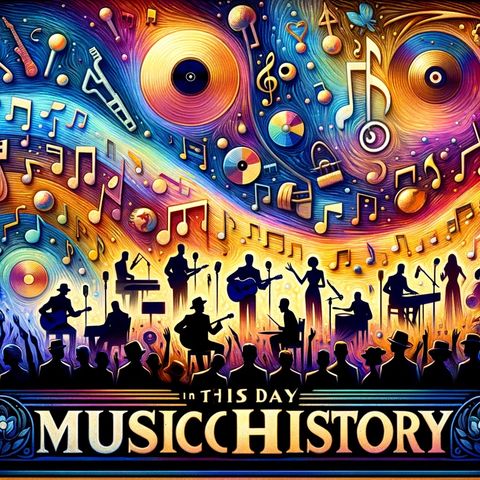This Moment in Music History for 11-19-2024

Download and listen anywhere
Download your favorite episodes and enjoy them, wherever you are! Sign up or log in now to access offline listening.
This Moment in Music History for 11-19-2024
This is an automatically generated transcript. Please note that complete accuracy is not guaranteed.
Description
On November 19, 1954, Carl Perkins recorded the legendary rockabilly song "Blue Suede Shoes" at Sun Studio in Memphis, Tennessee. This iconic track, written by Perkins himself, became a massive...
show moreThe recording session took place under the guidance of the renowned producer Sam Phillips, who had previously worked with artists like Elvis Presley and Johnny Cash. Perkins was accompanied by his brothers Jay and Clayton on rhythm guitar and upright bass, respectively, as well as W.S. Holland on drums.
The inspiration for the song came from an unusual source – a comment made by Perkins' friend, Johnny Cash. Cash told Perkins about a man he had met while serving in the military who referred to his military regulation airmen's shoes as "blue suede shoes." This quirky phrase stuck with Perkins, and he crafted a song around it.
"Blue Suede Shoes" features Perkins' distinctive twangy guitar playing, a steady, driving beat, and playful lyrics about a man who values his blue suede shoes above all else, even his girlfriend. The song's catchy melody and relatable theme resonated with audiences, and it quickly climbed the charts.
Although Perkins' version was a success, "Blue Suede Shoes" gained even more popularity when Elvis Presley recorded his own rendition in 1956. Presley's version reached number one on the Billboard charts, overshadowing Perkins' original. Nevertheless, both versions remain classics and have been covered by countless artists over the years.
"Blue Suede Shoes" has been recognized as one of the most influential songs in the history of rock and roll. It was inducted into the Grammy Hall of Fame in 1986 and was chosen by the Rock and Roll Hall of Fame as one of the "500 Songs That Shaped Rock and Roll." The song's legacy continues to inspire musicians and delight listeners to this day, cementing its place in music history.
Information
| Author | QP-3 |
| Organization | William Corbin |
| Website | - |
| Tags |
Copyright 2024 - Spreaker Inc. an iHeartMedia Company

Comments